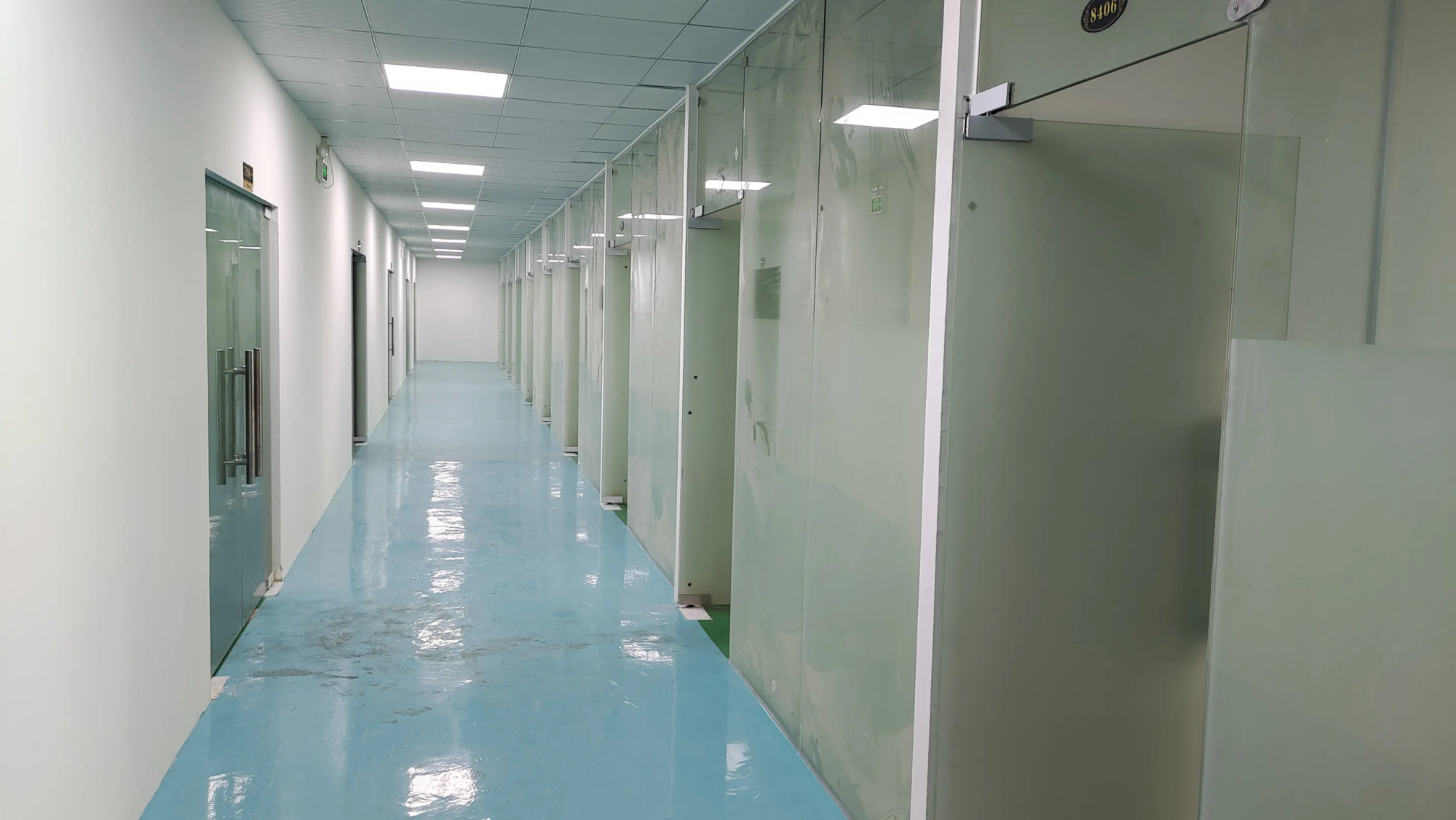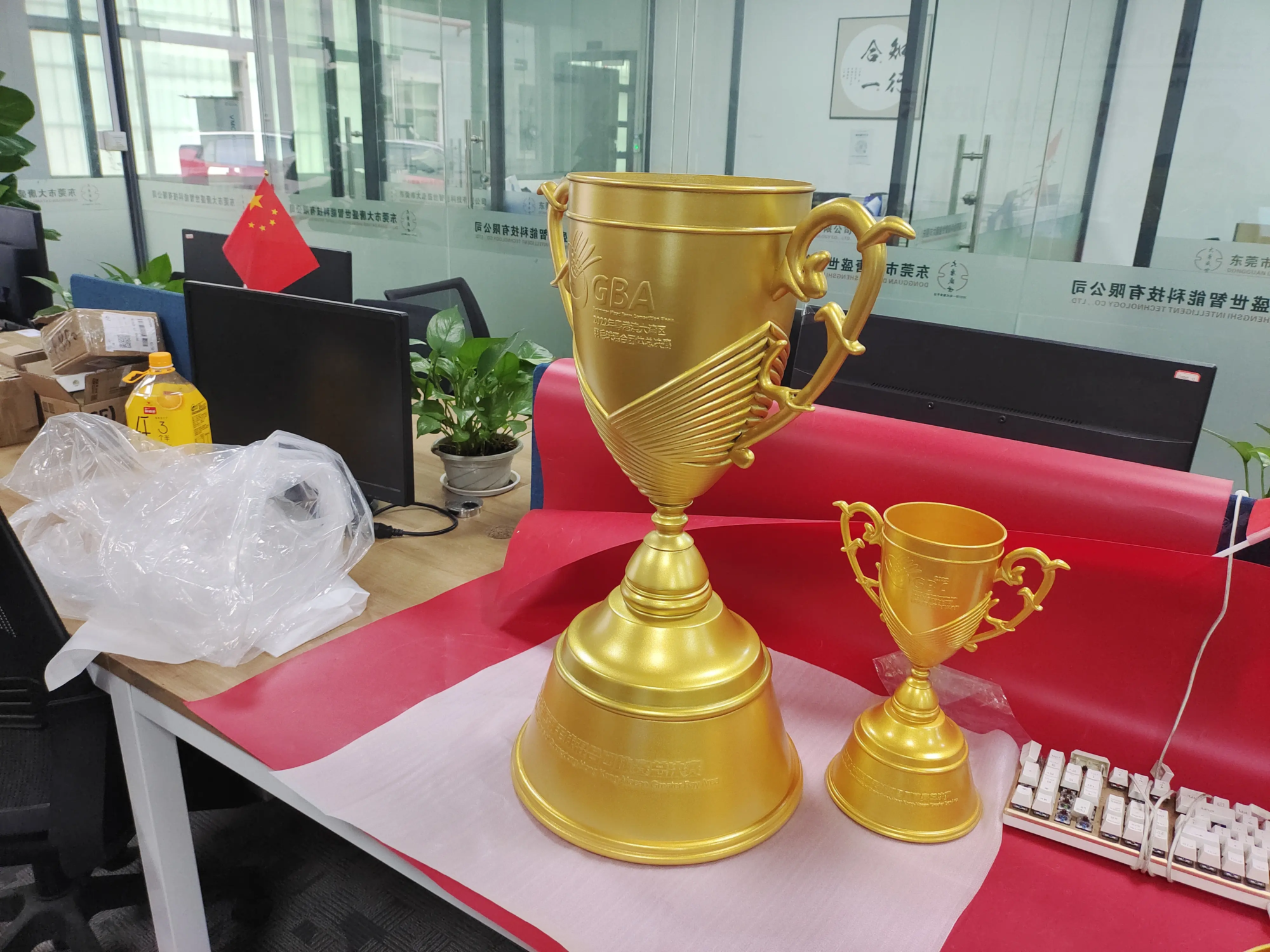On February 28, 2025, researchers from the UCL and the Greenwich University developed technology to reduce defects in 3D printed parts, according to the resource library. This method should improve the manufacturing quality of critical safety components such as aerospace and high performance racing cars (such as F1).
The study was supported by the UK Engineering and Natural Science Research Council and the Royal Academy of Engineering to observe the defects of 3D metal alloy components using X -ray imaging. If it is widely used, technology can also improve the resistance and sustainability of products such as artificial hip joints and components of aircraft.
Key 3D printing problems of metal alloys
Metal 3D laser printing metal alloy technology is widely used in the manufacture of components in many industries. However, an uncontrolled printing process can cause a lock -shaped steam, form air bubbles and create pores in the finished product. “Although the problem of lock hole pores in these components have existed for decades, the strategies to prevent them from forming are not yet clear. There are studies that suggest that the application of a magnetic field can sometimes be useful, but the results are not stable and that the mechanism of action is controversial.”
Research: Explore the role of 3D laser printing and magnetic field
To solve this problem, the research team has conducted high -speed synchronous radiation imaging experiences at the Chicago Advanced Photon Source (APS) to observe the interaction between lasers and metal materials during 3D printing. They found that the vapor generated by laser fusion metals can form small pores in the shape of a lock hole, causing defects in the printing parts. The research team then explored the effect of applying a magnetic field to metallic alloy during the printing process, assuming that the magnetic field can stabilize melted metal and reduce defects. The experimental results support this hypothesis, the formation of reduced pores of 80% after the application of the magnetic field.
“When we apply a magnetic field, the thermoelectric effect triggers the flow of fluids, stabilizing the shape of the lock hole so that it takes the form` ” ‘and avoiding tail breaks,” said the study author, the fan, pH.D. of the UCL, of the Mechanical Engineering Department of the UCL.
Prospects and demand challenges
This study provides new information on how to improve the quality of 3D printed parts. By controlling the fusion flow without modifying the form of the supply or laser beam, the production of more profitable parts can be accelerated. “Whether it is making artificial hips or stacks of electric vehicles, improvements in additive manufacturing will make parts printed in 3D at the same time,” said Professor Andrew Kao, principal of the study at the University of Greenwich.
However, researchers also recognize that the introduction of magnetic field technology into production lines will be faced with technical challenges. These challenges can take years to overcome, but their potential to produce more durable and lasting components in fields such as aerospace and biomedical manufacturing is enormous.
Other advances in improvements in the sustainability of materials
The progress of materials science continues to play a key role in improving performance and sustainability of aerospace and manufacturing systems. For example, the alloy to strengthen the GRX-810 (ODS) oxide dispersion (ODS) of the NASA GRX-810 represents a significant advance in aerospace materials. Designed for high -performance aerospace systems, this metal has excellent resistance and durability, capable of withstanding high temperatures on 1090 ° C (2000 ° F) while being more ductile than traditional aerospace alloys.
In 2024, MIT (MIT) researchers proposed a new method of heat treatment to improve the strength of 3D printed metals. This technology also promotes the development of additive manufacturing in high performance applications by modifying the microstructure of 3D printed components.
Conclusion
Research at UCL and Greenwich University shows the potential of magnetic field technology to improve the quality of 3D printed metal parts. By reducing pore training, technology should improve the performance and reliability of the main components of industry such as aerospace, medical and automotive. Although technological applications are always faced with challenges, its future prospects are large and can have large -scale impacts in the field of additive manufacturing.





